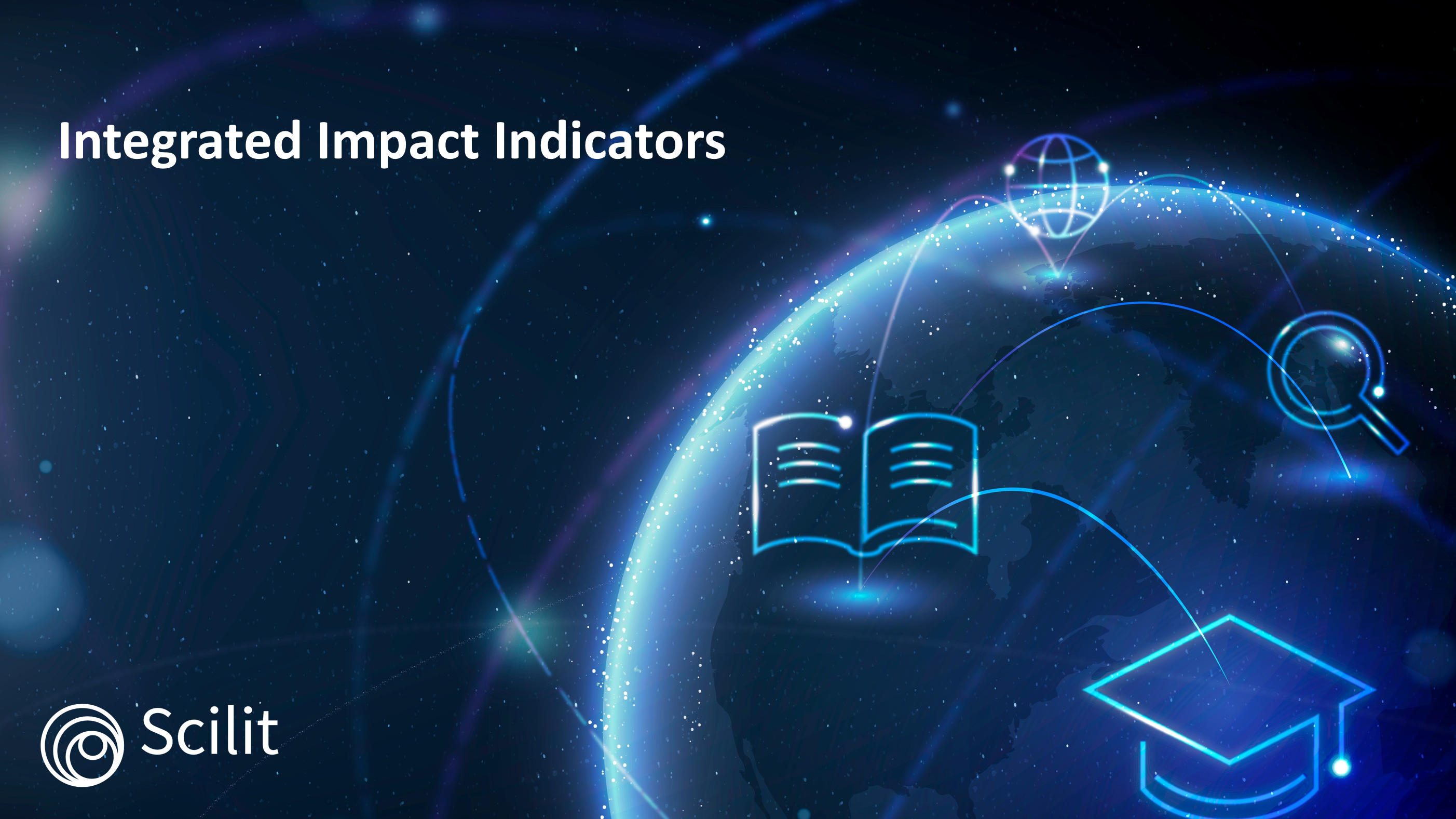
Journal Menu
► ▼ Journal Menu-
- Symmetry Home
- Aims & Scope
- Editorial Board
- Reviewer Board
- Topical Advisory Panel
- Instructions for Authors
- Special Issues
- Topics
- Sections & Collections
- Article Processing Charge
- Indexing & Archiving
- Editor’s Choice Articles
- Most Cited & Viewed
- Journal Statistics
- Journal History
- Journal Awards
- Conferences
- Editorial Office
Journal Browser
► ▼ Journal BrowserNeed Help?
Announcements
9 October 2025
Scilit Spotlight: New Integrated Impact Indicators (I3 and I3/N)

Since mid-2023, Scilit advisory board members and the Scilit team have been dedicated to refining our methods of tracking publication volume and impact. Now, we are pleased to announce the release of the new journal indicators — Integrated Impact Indicators (I3 and I3/N) — for 2023 and 2024.
You can now explore the new indicators on each journal profile page (on the left side of the page on Scilit).

The new indicators are available for journals that have published 10 or more articles within the defined publication window (for example, for the 2023 I3 indicator, the publication window covers 2020–2021, and the citation window covers 2020–2023).
On the indicator detail page, you can find:
- The I3 and I3/N values for the journal.
- The detailed methodology of how the indicators are calculated.
- The percentile rankings and trends of I3 and I3/N across subject categories.
- The number of articles in four citation percentile ranges (Top 1%, Top 10%, Top 50%, and Bottom 50%).
- The types and number of citable publications included in the calculation (research articles, review articles, case reports, conference papers, and clinical trials).
Now we know how to locate these new indicators and how they are calculated, what can they tell us about performance?
- A higher I3 ranking indicates that a journal excels in both publication volume and impact.
- A higher I3/N ranking reflects stronger average impact per article.
- Journals ranking highly in both I3 and I3/N are those that combine high output with high per-article impact.
With the release of the I3 and I3/N indicators, we wanted to give authors and publishers greater insight into key performance metrics such as publication volume and impact. The aim is to provide a more comprehensive perspective than traditional average-based metrics such as the Impact Factor (IF) or CiteScore.



